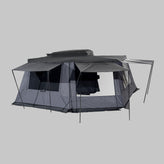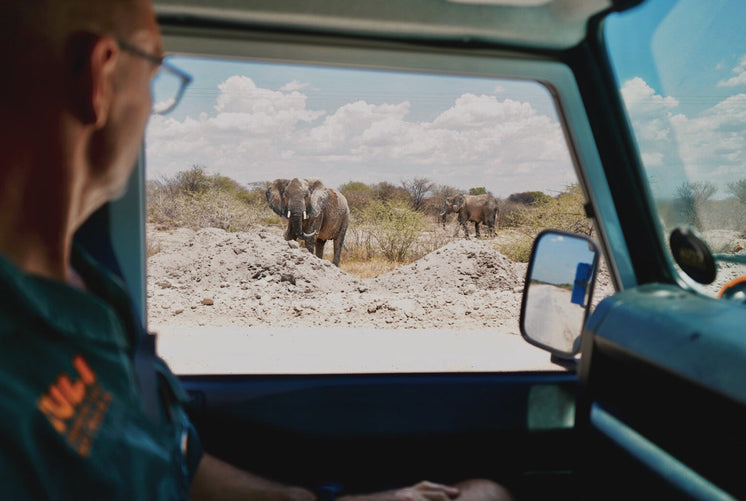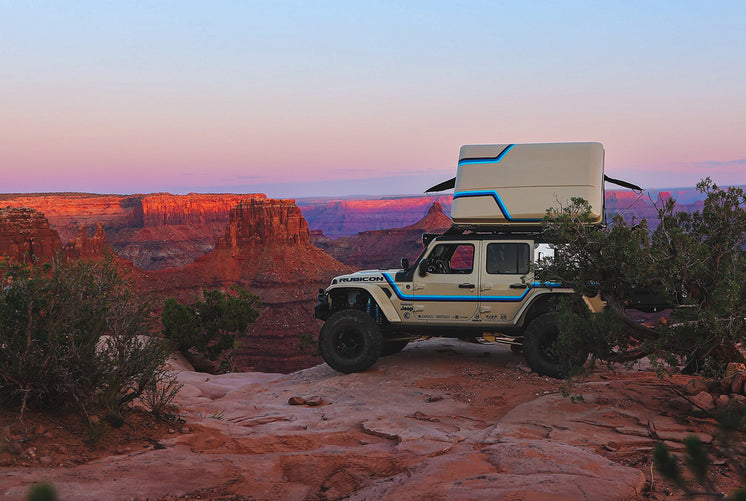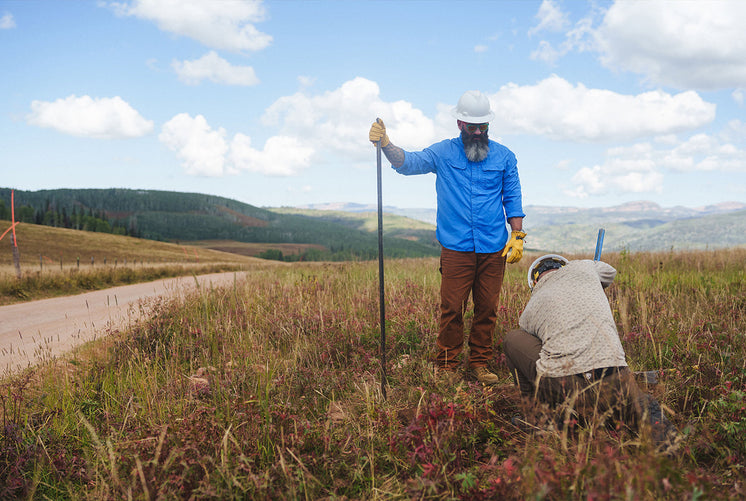Hardshell vs. Softshell Roof Top Tent - Answer These 3 Questions To Decide
(A 5-Minute Read)
Deciding which roof top tent works best for you is a dizzying endeavor. Getting a roof top tent is a gateway to adventure, which fulfills our inner desire to leave the stresses of life behind and enjoy the world around us.
You may have already spent a sickening amount of time Googling the differences between soft shell and hard shell roof top tents, it it may be getting in the way of fulfilling the desire to live a simpler life - putting the devices down and picking up the camp gear to enjoy time with family and friends. Camping should be straightforward and fun, not stressful!
So, I'll make it easy for you. After answering the 3 questions below, your mind will be decluttered, and you will have clarity on whether a soft shell or hard shell roof top tent is best for you. That way, you can just skip to the fun part - CAMPING!


Can't decide between a hardshell or softshell roof top tent ? Answer these 3 questions...
When we consider upgrading to a roof top tent, we often go through the painful mental process of trying to figure out what we want out of an RTT, which RTT will work best for us, and how all of the different tents compare - "I want a roof top tent. Hardshell roof top tents seem like the better option for me. Softshell tents usually cost less. I'm ready to buy a roof top tent. Which one do I get!?"
After talking to dozens of past iKamper owners, we found that it came down to these 3 questions when deciding between a hard shell roof top tent or a softshell roof top tent.
- Do I want a durable, aerodynamic roof top tent?
- Do I want a quick set up time?
- Do I want to store bedding inside & gear on top of my roof top tent?
If you answered yes, or maybe, to any of these, a hard shell or hybrid hardshell roof top tent is likely the best option for you.
However, if you're still undecided, let's quickly cover the key differences between a hard shell and soft shell roof top tent and how they relate to the 3 questions above.
Hardshell Roof Top Tent
Hardshell roof top tents often have a fiberglass reinforced plastic (FPR), aluminum, or an ABS shell, canvas skins (tent material), and aluminum floors. They are known for being durable, aerodynamic, quick to setup and take down. They have gained massive popularity over the past 5 years, and are often the top tier option when compared to softshell roof top tents, which are typically considered an entry-level option.
Let's dig into what makes a hardshell roof top tent different from a softshell roof top tent.


THE PROS
Quick to Deploy:
Many hardshell tents have built-in gas struts to help lift the shell up. This makes them easy to deploy and just as easy to pack down, so you can beat the traffic on your way home. Some hardshell roof top tents need multiple latches and straps (sometimes up to 6!) to keep them tight, while iKamper has engineered a powerful and simple system that only needs 2. Our hardshell roof top tents have an integrated, telescoping ladder that deploys when setting up and folds back into the tent when you're done. The details make the difference!
Durability:
Hardshell roof top tents offer protection against thick brush & branches, debris, harsh elements, and even theft of items you may leave inside. The added benefit of a dual-layer hardshell, like the iKamper design, is insulation against cold weather and protection during windy nights. We also improved the shell design to allow more internal storage for sleeping bags, blankets, etc.
iKamper hardshell roof top tents are equipped with a dual-layer fiberglass reinforced plastic (FRP) shell, and honeycomb aluminum floor panels for increased strength and durability. The benefit of a dual-layer FRP shell (VS a single layer ABS shell) is that there is a 1" thick pocket of air insulation between each layer (this keeps you warm when it's cold, and cool when it's hot). The aluminum honeycomb floor sheds weight but maintains durability.


Roof Storage:
Some hardshell tents provide load bars/cross bars for additional storage space. The X-Cover roof top tent is our hybrid hard shell roof top tent with cross bars for kayaks, bikes, and additional storage bags. It has a hard shell top and soft shell sides.
The X-Cover has a honeycomb aluminum hard shell top and canvas sides, giving it the ability to carry a load on top, which many soft shell tents can't do. The canvas skirt is integrated with the tent, so you don't have to wrestle it off like most softshell roof top tents that use a PVC cover.
There are fully aluminum hard shell roof top tents with load bars, but they weigh significantly more than hybrid hardshell roof top tents. Often 50-100lbs heavier.
While not all iKamper roof top tents have load bars, they all can accommodate a flexible solar panel to be mounted using 3M VHB double-sided tape.


Aerodynamics:
Hardshell tents offer a more aerodynamic slipstream when mounted to your roof when compared to the tall boxy structure of a softshell roof top tent. This means you get better gas mileage. Additionally, the hard shell complements the shape of most vehicles.
More Bedding, More Comfort:
The internal structure and outer shape of the hardshell roof top tent allow campers to pack more bedding. All iKamper hard shell roof top tents include an updated 9-zone mattress for added comfort and an improved shell design with more space to keep sleeping bags and blankets inside the RTT.
Additionally, if you want even more space for large pillows and thick blankets, iKamper offers 4-season self-inflating mattresses that are custom-molded to fit our tents. Using the [Deflation tool, ADD LINK] the padded mattresses will shrink nearly flat to give you heaps of storage room inside the tent. The RTT Comfort self-inflating mattresses are available for all iKamper roof top tent models.


Compact Design:
iKamper designed the first-ever compact hardshell roof top tent, called the Skycamp Mini, with an extension panel, giving it the same amount of room as a standard 2-person hardshell tent but in half the size. It was designed to be lightweight and compact, so it could fit on the roof of small cars and within the footprint of a small truck bed. The Skycamp Mini will fit on virtually any vehicle.
Our 4-person hard shell roof top tents use the same extension panel technology we developed, so the closed footprint is the same size as traditional 2-person wedge-style roof top tents. In addition to a compact footprint, hardshell roof top tents provide more garage clearance because of their thinner design.


THE CONS
Weight:
Some hardshell tents, specifically all-aluminum tents, are heavier than their soft shell counterparts. While the aerodynamics of a hardshell roof top tent are an added benefit, the weight can be a con.
Cost:
Hardshell roof top tents often cost more than softshell roof top tents. Since premium quality hard shell roof top tents are constructed of materials like honeycomb aluminum and fiberglass reinforced plastic, they cost more to produce.
The price of a hard shell roof top tent may be a con, but to many, it is an expense that is well worth it because of the additional durability, quicker setup time, and in many cases, they hold their value better than softshell roof top tents.
Softshell Roof Top Tent
THE PROS
Price:
Many softshell tents can be found for >$1000. This offers a good entry point for those on a budget or folks that just aren't sure if an RTT is for them. This "pro" can be a double edged sword because the cheaper softshell roof top tents are often made with subpar materials, and still lack the core benefits of a hardshell roof top tent.
THE CONS
Takes Longer to Set Up:
Softshell roof top tents can take between 5-15 minutes to open. Many have a PVC cover that you have to take off before even opening the tent. Softshell roof top tents are not ideal for campers that are on the go and believe time is precious.
Less Room for Bedding:
Most softshell tents lack the room for any internal storage. If you want to keep any of your bedding inside the tent, think again! The tent fabric takes up too much space for your sleeping bag and pillows!
Less Durable:
Even though softshell roof top tents have a PVC cover, they can wear out over time and even prematurely fail if they come in contact with branches. This is the only barrier between your softshell tent and the elements.
Luckily, our X-Cover roof top tent has a fiberglass reinforced plastic (FRP) top and tough canvas skirt to protect it from brush, branches, and even flying squirrels.


So What's The Verdict?
Ok, admittedly, it seems a little one-sided doesn't it?
The reality is, both roof top tents get you out camping. And that's great! But remember the 3 questions I talked about earlier. They helped dozens of confused campers decide which roof top tent was right for them.
- Do I want a more durable, aerodynamic roof top tent?
- Do I want a quick set up time?
- Do I want to store bedding inside & gear on top of my roof top tent?
If you answered yes to any of these, then I would highly consider going with a hardshell roof top tent, instead of a softshell tent.
Leave the stress at home, and find a quality tent that will simplify your camping experience, and most likely make it a better one.
We see a roof top tent as an investment, not only in the tent itself but in the time you get to spend away from stress and getting to spend more time around nature. There's nothing worse than trying to get away with buying a piece of equipment that doesn't quite fit your needs. You will always wish you had bought the right one the first time.
I hope this guide helped you in your decision between a softshell roof top tent and a hardshell roof top tent. Check out what makes iKamper hard shell tents so great by visiting our Why iKamper page









































